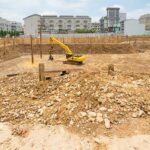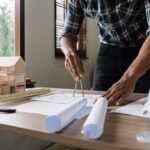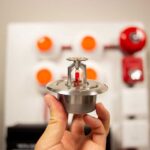With various architectural trends emerging in 2021, wellness design is one of the most interesting, and it has developed as a response to lifestyle changes imposed by the coronavirus pandemic. Wellness design is a catch-all term to describe certain sensibilities that aim to make residential and commercial structures healthier. If this makes you think about socially distanced offices with plexiglass partitions, you are only scratching the surface of what wellness design really entails.
How Wellness Design can be Incorporated into Your Home
Accessibility is a major aspect of wellness design; in fact, it is starting to be known as universal design in architectural circles because it takes into consideration features that people of all ages and abilities can benefit from. Think about a curb-less shower space with grab bars and showerheads that can be easily detached for manual operation; this is an example of universal design, especially if you further install bidet-style toilets with handrails and no-touch faucets. Smart home automation can be considered to be a wellness aspect if people with limited abilities need to control home devices with their voices; this is a more thoughtful application of universal design because young and tech-savvy homeowners will also appreciate smart home systems they can control from their smartphones.
In the kitchen, antimicrobial countertops made of engineering stone, steam ovens, and dishwashers highly rated in terms of energy efficiency are also examples of wellness designs. More space for pantry storage is a feature request that can be traced to the pandemic; families would minimize shopping trips by getting a considerable supply that would allow them to stay home longer and reduce contagion risk.
Wellness design also incorporates some elements of sustainable design, which is why more people are warming up to the idea of improved air circulation and natural lighting. Emergency management features such as close adherence to the California seismic code and Type 2 construction for fire retardation are also part of wellness design, and these are features that property buyers are more willing to pay for these days.
Finally, we cannot talk about wellness design without mentioning fitness and relaxation. In an enclosed office building, for example, an indoor garden with skylights and park benches and a fountain would be a nice touch. In a home, a den with bamboo flooring can be transformed into a yoga studio, and a backyard can be improved with a garden pond featuring a fountain and aeration system so that owners can readily convert it to a koi pond if they wish.








